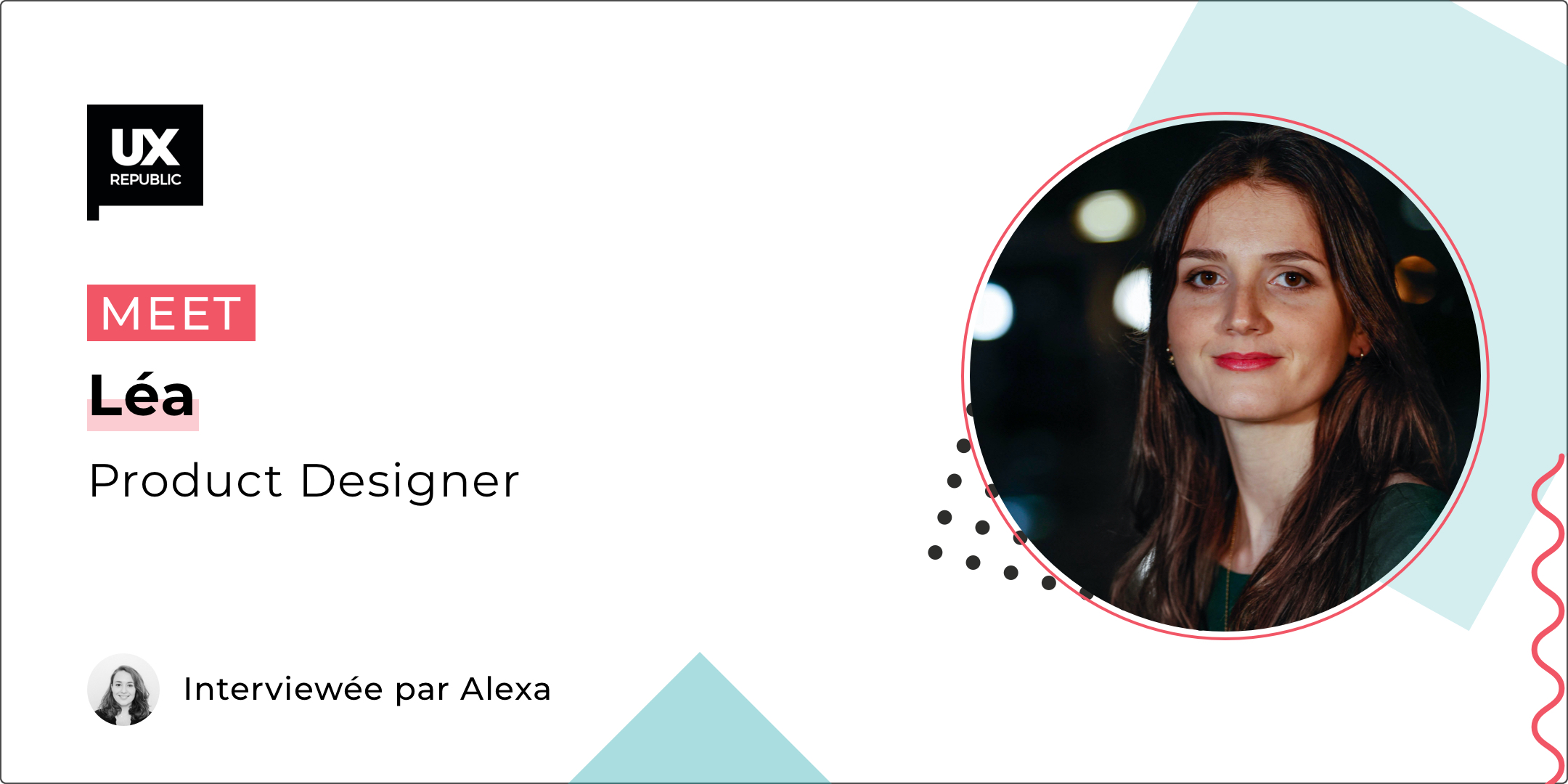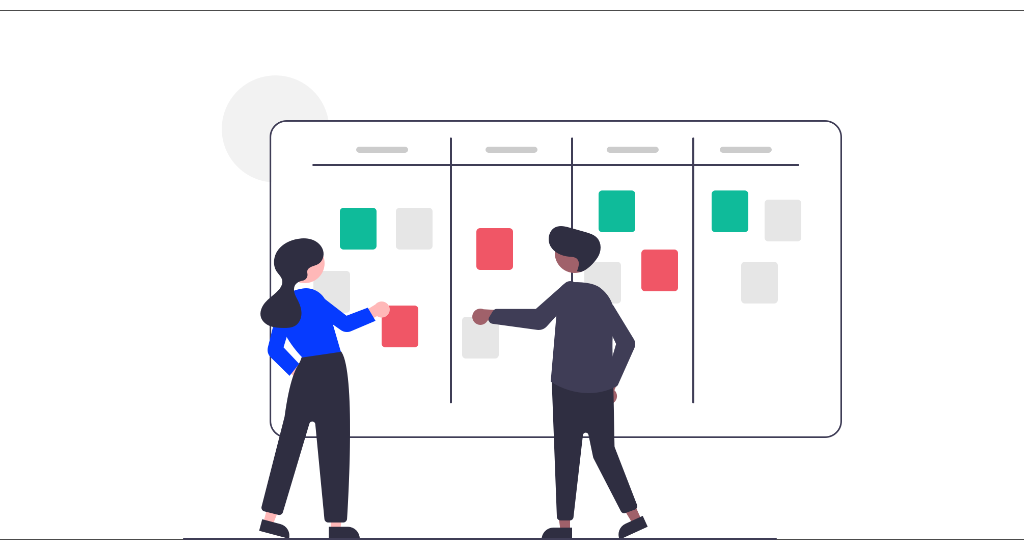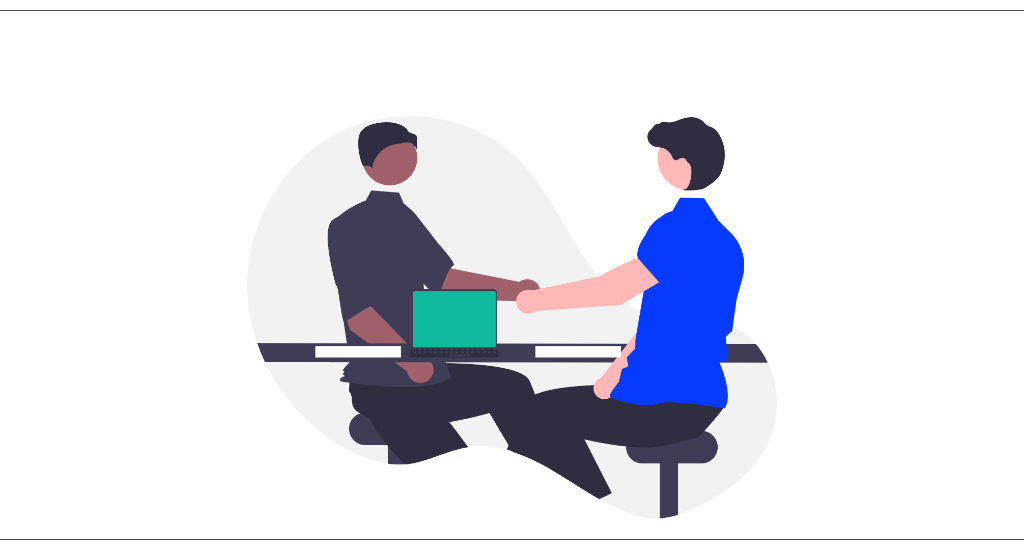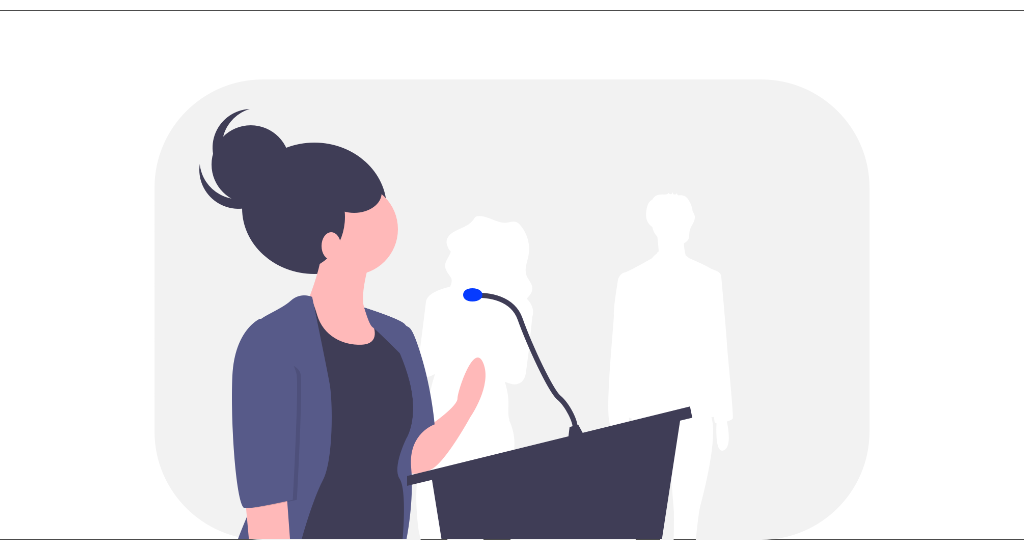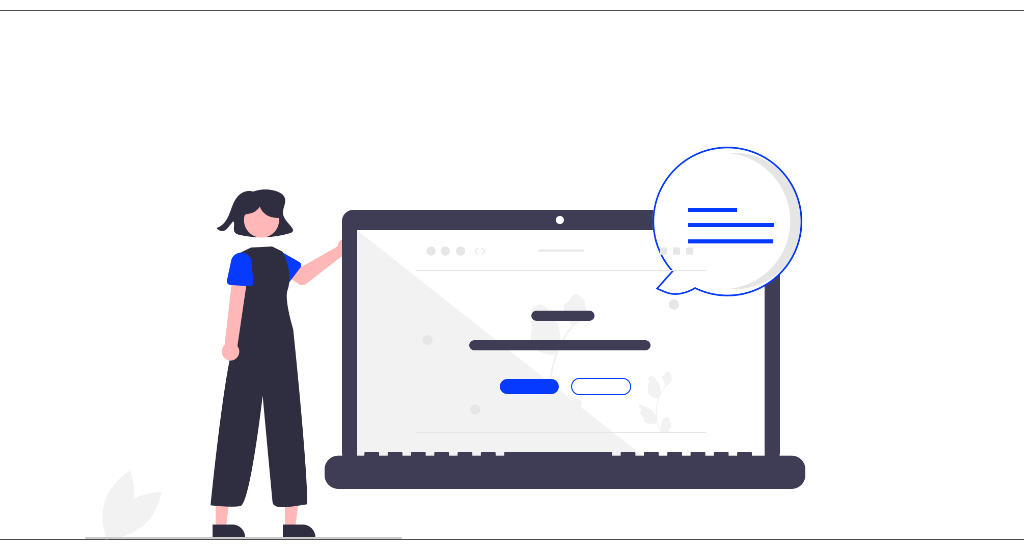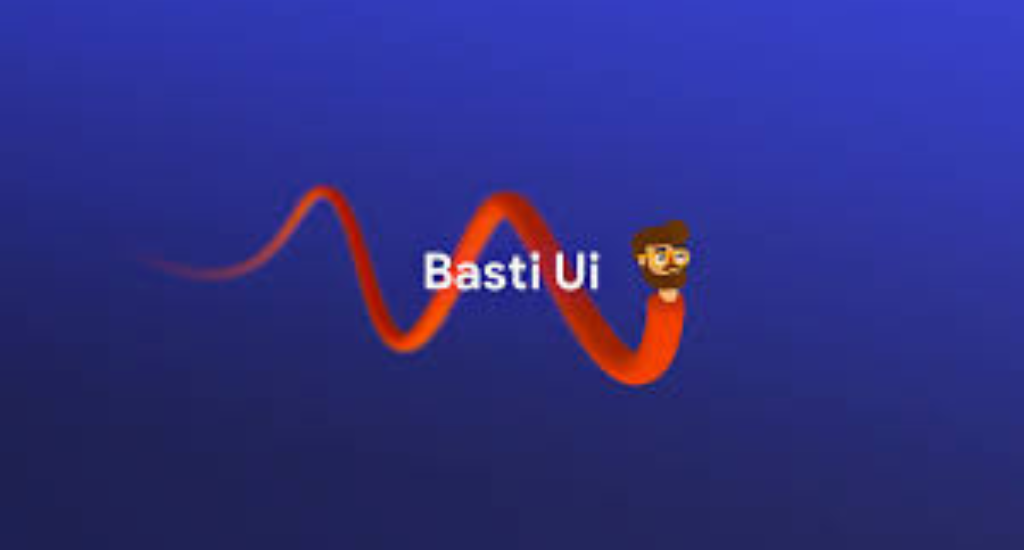In this interview, you will discover the portrait of Léa, a sparkling, thoughtful and pleasant young woman. Qualities that allow him on a daily basis, in his job as a UX Researcher and Designer, to be close to the users of his product, but also to his team.
Self-taught, she trained alongside her peers. Today, she proudly carries her role as Product Designer within her mission at Groupama where she has the ambition to go further in the design of the product entrusted to her.
Let's meet her to discover her career, her mission at Groupama and the subjects that fascinate her.
Hello Léa, can you present your journey in a few words?
I arrived at UX Republic in September 2021, almost two years already! Originally, I was more of a UX Researcher and Designer, but since my arrival at UX Republic, I have evolved into a Product Designer position in my mission at Groupama. It's a profile that I like, it's interesting being at 360°C.
What is your mission at Groupama about?
I work on the disaster perimeter, which is divided into two:
– the business side with the claims managers who take the declarations at the telephone or from the customer area. They will then manage and process these claims.
– the customer part with the claims reporting process from the Groupama customer area.
Léa, we are going to take a little step back before discussing your mission in detail.
What was your educational path to become a UX-UI Designer?
I followed a course with a specialization in digital marketing in a management school (at EMLV – Ecole de Management Léonard de Vinci, in La Défense). At the end of my studies, I had a profile as a digital project manager / PPO / BA, with agile methodologies in mind.
So you entered the world of work with this project management-oriented profile; how did the shift towards the world of design begin?
I then joined a consulting company where I specialized in these areas of project management. But, on certain missions, I had to work with UX-UI designers. You could say that I fell in love with this profession by seeing them work on the projects up close.
Can you tell us how the transition between these two roles went?
During one of my missions, I joined the Enedis Design Thinking Lab where I was surrounded by designers and digital project managers. I gained my skills in the field thanks to UX designers with who I collaborated with. And besides, I thank them because it’s thanks to them that I’m here now!
What attracted you and what attracts you today to the profession of UX designer?
The whole creative sphere that lies behind the post. Missions, tasks, workshops and methodologies are never the same. We adapt according to need. Also, the fact that we can improve everyday life. I love working on business tools. Today, we all spend most of our time at work so I am committed to improving an employee's daily life. We are interested in the person's job so there is also a strong interest in the product.
In your daily life, what tasks do you enjoy the most?
The most obvious answer is that I like everything! As I said, what I like about this job is that there are lots of different things, it's very varied even within a project. But it's true that I particularly like being close to users so I would say the research part but also the analysis part that comes afterwards. In addition, since I started to be interested in Atomic Research, I have been compiling data and researching.
So you arrived at UX Republic in September 2021, what guided your choice?
The fact that the consulting agency I worked for represented all trades and, as I did not come initially from the world of design, he often asked himself the question of my legitimacy. I found that it was complicated to find a place among native designers. By joining UX Republic, I planned to be surrounded by people who would be interested in the same things as me and to be able to integrate missions that suited me. There is a real community, sharing and we are surrounded by designers. We discover each other’s specialties so we know who we can turn to if we have a question.
You mention the notion of sharing, dear to UX-Republic. I know that you have taken some great initiatives in recent months, notably by hosting a masterclass, can you tell us more?
I actually took charge of a masterclass on Atomic Research with two other employees of the agency. The three of us had a mission that revolved around this subject. Three main parts punctuated our presentation: theory, implementation and use of the methodology.
In your mission at Groupama, I imagine that this is one of the subjects that you cover. Can you share with us how the implementation was done?
At Groupama, one of the challenges was to find the tool we were going to use because we only had the Microsoft suite at our disposal. So we worked on Sharepoint. Quite improbable at first but ultimately it's doable! Once the time to set up to create a good coherent base, we were able to extract data to analyze with Power BI. We also did some tests with ChatGPT on the analysis of user data and it was really surprising!
Before Groupama, you worked at Covéa where you also implemented an Atomic Research methodology. Can you explain to us the process towards its implementation?
The project was very research oriented where it was necessary to carry out an analysis on the use of office tools and internal communication. I did 60 user interviews in a month and a half so I confirm that Atomic Research's tools helped me a lot! I met completely different professions but which sometimes have the same needs.
Do you have a little pride experienced on mission that you would like to share with us?
Since my arrival at Groupama, we have managed to change things in terms of UX methodologies and organization. For example, before, the US were very detailed and described to the word before the models were made. We had no room for maneuver and it wasn't interesting. Little by little, we evangelized about our methods and today we are integrated upstream so it is more rewarding and comfortable.
Is there an initiative that you would like to launch in your mission?
The whole UX writing part because I am working on redesigning the claims reporting process. I realize that there are issues around the words used to support a client.
UX Republic offers UX writing training, have you had the opportunity to train?
I followed the training where we cover a lot of theoretical elements. And I tell myself that we now have to try because that’s the only way we can do things. So, I try to instill all of this at Groupama by organizing workshops to define the voice and tone that we want to use.
Have you taken any other training since joining UX Republic?
I completed the Scrum Product Owner certification and the “Fundamentals of UX” training.
If we go a little into the future, with a new mission in mind, for which sector of activity would you like to design interfaces?
I am not closed to sectors of activity, I especially have a preference for internal business tools. There are many sectors that I don't know about that could be interesting to test, such as health.
Léa, we have almost finished our exchange, before leaving I would like to ask you a few quick questions:
UX Design, UI Design or User Research?
Difficult question, but I choose User Research.
Sketch, Figma, Adobe XD, Airtable, Notion, Sharepoint, etc.?
Figma, the great ally of design but also of researchers. It is a complete tool that evolves with our needs.
Music or no music when you work?
I love it but only when I'm in the model production phase because it motivates me. Whereas during the research part, I need concentration and silence.
I often put Basti UI Twitch lives in the background. I have the impression of working next to him in his open space and being in the same atmosphere as him. And then, as it comes from the UI part it's interesting to look at what it does.
https://www.youtube.com/@BastiUi
I also listen to episodes of the “Parlons Design” podcast because they are short formats that lend themselves well to the day at work, often punctuated by meetings. Since it only lasts about fifteen minutes, I'm sure I can finish my episode.
https://www.youtube.com/channel/UC9JXfFEpZI32crsIpbVPYrw
A book, film or documentary on digital that has had an impact on you and that you would recommend?
At the moment, I'm in my UX writing bubble so I would recommend the book UX writing – the guide to Microcopy.
A designer you follow on social media?
Basti UI: jI like his content and in particular the fact that he talks a lot about current events and new developments. He analyzes them and allows us to talk about them. I also like people who work on Atomic Research, like Daniel Pidcock.
Léa, we are finished! Thank you again for our exchange! Would you like to add something that we haven't covered?
If I can add one last thing in relation to UX writing, it is that I think our role is to prove the importance of the content we manipulate in our products. And this content is UX writing so it is necessary to be aware, to train and to evangelize the methodology to our clients.
Alexa Cuellar, UX Designer at UX-Republic
